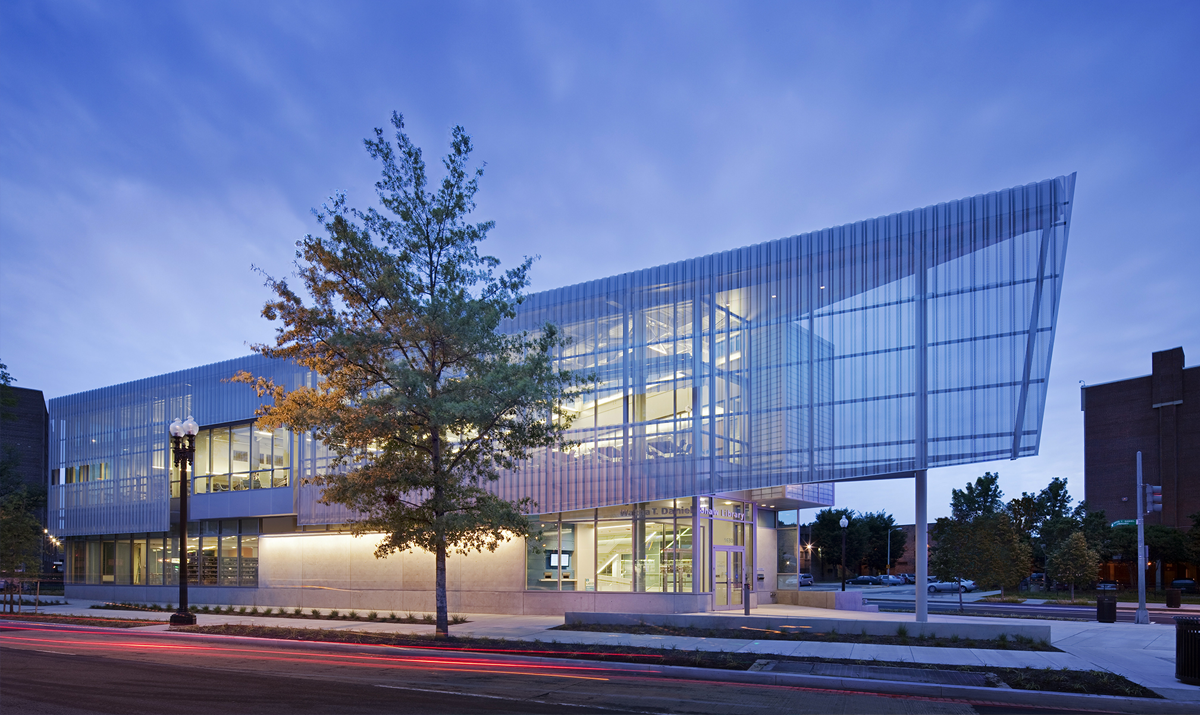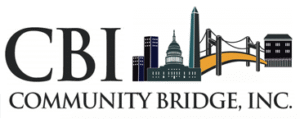
Facilities management in Washington DC’s urban districts faces an intricate set of challenges due to the area’s unique blend of historical significance, regulatory oversight, and urban density. The following provides an analysis of the critical issues, their implications, and strategic recommendations to mitigate these challenges effectively.
Key Challenges
- Aging Infrastructure
Washington DC is home to numerous historical and aging buildings that require continuous maintenance and upgrades. Deteriorating systems such as HVAC, plumbing, and electrical networks demand proactive intervention to prevent disruptions and maintain operational efficiency. The cost and complexity of such upgrades often strain resources, particularly in mission-critical facilities.
- Strict Regulatory Compliance
The regulatory landscape in Washington DC is highly stringent, encompassing both local and federal guidelines. Facility managers must adhere to a complex array of codes, including zoning restrictions, historical preservation laws, environmental regulations, and ADA compliance. Non-compliance can lead to penalties, project delays, and reputational risks, necessitating robust systems to ensure adherence.
- High Real Estate Costs
The high price of real estate in urban DC significantly impacts operational budgets. These costs dictate that facility managers must optimize the use of available space while ensuring resource allocation for other operational needs, such as maintenance and staff training. This financial pressure often restricts investments in modernization and innovation.
- Security Concerns in Dense Urban Areas
With a high population density and significant political landmarks, Washington DC presents heightened security risks, including theft, vandalism, and potential terrorist threats. Facilities managers must adopt advanced security solutions while collaborating closely with local law enforcement and community organizations to safeguard building assets and occupants.
- Sustainability Demands
Increasingly, facilities in Washington DC must align with sustainability goals to minimize their environmental impact. Stakeholder and policymaker expectations now include eco-friendly practices such as reducing energy consumption, improving waste management, and implementing green building certifications. Achieving these measures in older properties can prove particularly challenging.
Potential Solutions and Strategies
To address these challenges, facilities managers and building owners can consider the following strategies:
- Proactive Maintenance Programs
A proactive approach to maintenance, including predictive analytics and condition monitoring, can extend the lifespan of aging infrastructure. Technology, such as IoT-enabled devices, can help track real-time performance and identify potential failures before they escalate.
- Technology Integration
Adopting technology-driven solutions for monitoring energy consumption, automating security systems, and streamlining daily operations can improve efficiency. Smart building systems, when implemented effectively, facilitate cost savings, optimize resource use, and enhance occupants’ safety and comfort.
- Advocacy for Policy Support
Collaboration with local policymakers to advocate for incentives, such as tax credits for energy-efficient upgrades or streamlined permitting processes for maintenance projects, can ease financial and regulatory burdens.
- Public-Private Collaboration
Partnering with neighborhood security organizations and local authorities enhances collaborative efforts to improve safety. Engagement with community-driven initiatives ensures alignment with broader safety objectives while fostering a sense of shared accountability.
- Sustainability Initiatives
Facilities should explore alternative energy sources, such as solar panels and energy-efficient appliances, to reduce carbon footprints. Additionally, pursuing green building certifications like LEED can demonstrate commitment to sustainability while positioning facilities as leaders in eco-friendly practices.
Final Considerations
Facilities management within Washington DC’s urban districts requires carefully balanced strategies to address aging infrastructure, compliance requirements, financial constraints, security concerns, and sustainability demands. By leveraging advancements in technology, adopting sustainable practices, and collaborating with local stakeholders, facility managers and policymakers can ensure long-term operational efficiency and environmental accountability.
How has Facilities Management driven success in your urban location? Let’s share insights—share your experience in the comments!

